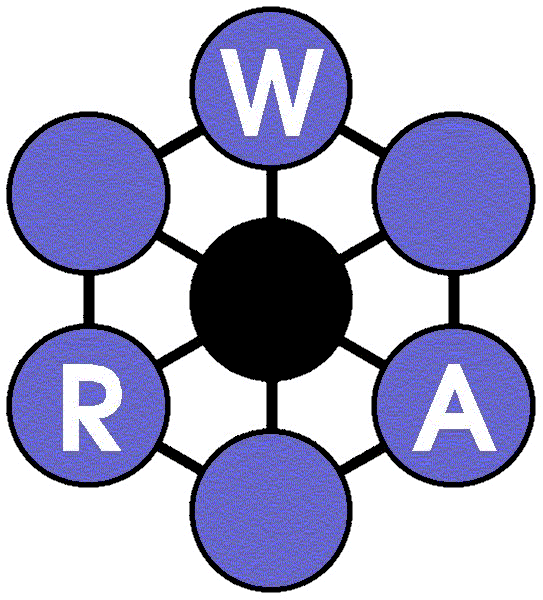The increasing need to optimise water resources brings with it an increasing need to understand and to quantify all components of flow in a river or aquifer system. For analysis of water resources, with the aim of optimising existing resources or introducing new ones, there is a need for a "natural" flow record. That is a flow record which would have occurred had there been no anthropogenic effects. Whilst flows in most rivers of significance for water resources have been measured for many years, and often, for important rivers, for several decades, the same is not true of the factors such as abstractions and discharges, which change the flow regime. Often where these factors have been measured there are gaps in the records and in many cases relatively important factors have not even been measured.
Some of the principal forms of artificial influence are: public water supply and sewage treatment works, impounding reservoirs, spray irrigation, small consumptive abstractions, canals, groundwater pumping, inter-basin transfer, catchwaters, power stations, mine/quarry de-watering. All of these have their own characteristics which affects the way they are dealt with. For example whilst public water supply abstractions and sewage discharge are linked, the linkage, being a result not only of supply but of losses and complex distribution systems, in not always easy to determine.
Many of the forms of artificial influence reflect underlying trends in water use which, whilst they do not necessarily explain all the variability, can go some way to achieving a consistent explanation for it. Some of the factors are: Population growth (e.g. public water supply), Season (e.g. irrigation), Economics (e.g. steel production), Periodicity (e.g. diurnal variation).



